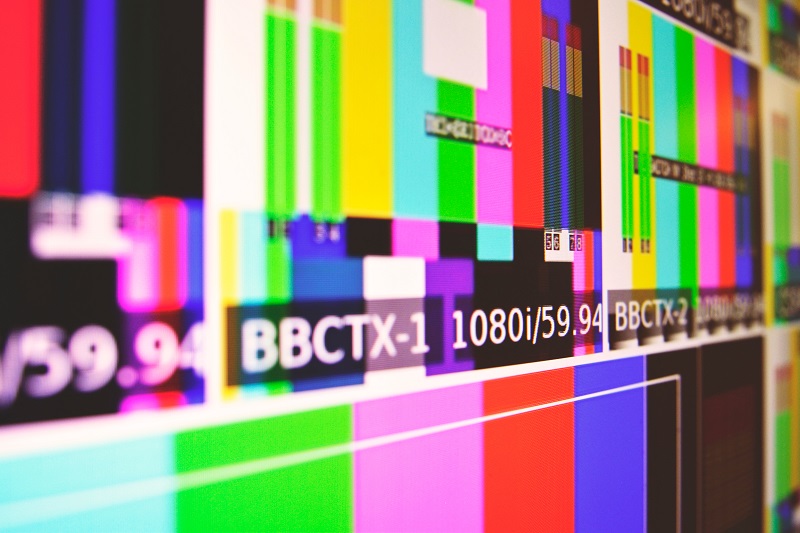Articles from the Hub
We’re passionate about sharing our expertise and experience. Enjoy browsing our archive!

What Nielsen Ratings Tell Us and Why It Matters
If you’re ever heard of Nielsen ratings, it’s likely because of one of three reasons: you work in radio or television, you advertise on radio or television or you’ve been selected to participate in a Nielsen study.
But even if you’ve heard of Nielsen ratings before, you may not fully understand what information they collect and why it’s so valuable. The first Nielsen ratings for radio programs were released in 1947 and they measured the top 20 programs in four areas: total audience, average audience, cumulative audience and homes per dollar spent for time and talent. Since then, Nielsen ratings have come a long way, expanding into television and becoming among the most influential data for rating popularity and engagement and spotting trends.
To fully understand the impact of Nielsen ratings, we must first talk a little bit more about the data they collect and how they collect it.
Diaries versus People Meter
Nielsen’s original method for collecting data is paper diaries that rely on audience members keeping honest and accurate records of their television viewing and radio listening habits. Nielsen still collects about 2 million paper diaries every year, but have made a lot of effort to move to a more accurate and automated system with their people meters.
A people meter is a small box that is hooked up to the television set with an accompanying remote that allows Nielsen to track whose viewing the television and what they’re watching. With the move to people metering, Nielsen will soon be able to provide measurement in all 210 designated market areas on a daily basis.
Ratings versus Share
Individuals or families are contacted by Nielsen and asked to track their listening or viewing habits for a certain period of time. A small collection of these families makes up a sample size that Nielsen uses to estimate the size of a national audience or an audience in a specific region. From this data, Nielsen analyzes both ratings and shares for a particular program or station.
Ratings are an estimate of the percentage of the audience watching a particular program. Say for example, a Fox Affiliate in a specific market has a household audience rating of 15, that means Nielsen has estimated that 15% of the market’s household audience is watching it. On the flip side, 85% of the audience may be watching another station, or doing something completely unrelated to television (i.e. cooking, taking a walk, shopping). It’s also important to note that a household audience measures homes, not people. One household may have six people watching and another may have just one.
Alternatively, shares are an estimate of the percentage of how many households actually watching television are tuning in to a particular program. If a Fox Affiliate in a specific market has a market share of 30, that means 30% of the homes watching TV at 6pm are watching that program. This number eliminates those doing anything besides watching TV. As a result, the share will always be higher than the rating.
Real-Time Stream of Information
Nielsen ratings deliver a constant, real-time stream of information. They track tuning behavior during programs as well as during commercials. From this information, we can tell which commercials are being watched, as well as which ones have the strongest engagement and impact. From an advertising perspective, it’s important to know which position in the program or commercial block is most effective for a specific brand and which markets will create the best return on investment.
Shaping Strategies Around Emerging Trends
The real value of Nielsen ratings is the data’s ability to spot trends. Radio and television stations use these trends to shape their program line-up and to price their advertising. If a particular show or segment is losing popularity or engagement, it’s time to switch things up! Furthermore, Nielsen ratings are extremely useful for advertising agencies. Based upon trends, we can shape our strategies to reach our target audience with the right message at the right time, making your ad dollars more effective.
Account for Error
It’s critical to take into account the possibility of error. Nielsen’s paper diary tracking asks people to remember and accurately track their listening and viewing habits, and with that naturally comes human error and bias. Some people won’t capture their data in a timely manner, causing details to be forgotten. Others may omit information or over-simplify their answers for ease of reporting.
Even with the move to people meters, there’s still room for error. Someone could incorrectly identify themselves as another member of the family, skewing the data. People may also watch television somewhere other than the metered set, so their complete viewing habits would not be fully tracked.
While Nielsen reports will never have 100% accuracy, they remain immensely valuable to broadcast stations and advertisers alike. From small samplings of data, we can better tailor and target our messaging to give people more of what they want, gaining exposure and growing a brand as a result.
Have you been asked to participate in a Nielsen Rating Study? Share your thoughts on why or why not you find their ratings useful!


